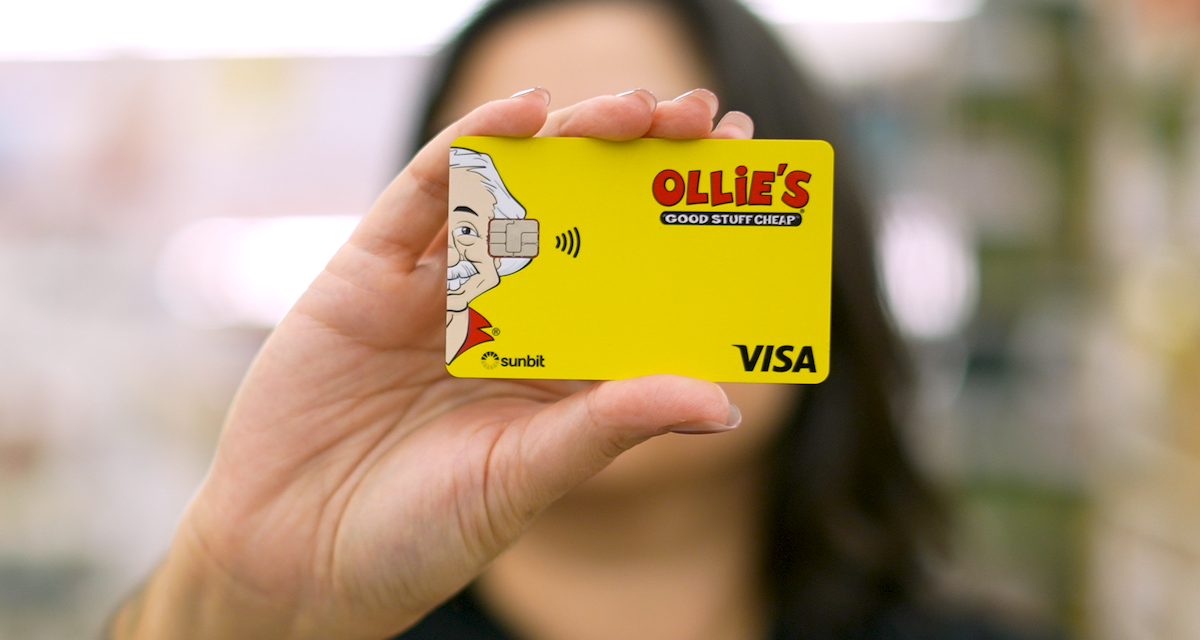The new rules of store credit cards

In today’s challenging economic environment, retailers are focused on squeezing as much revenue out of their store-branded credit cards as they can.
A number of retailers and brands say they’re seeing strong credit card revenue and sign-ups. In May, Macy’s said its first-quarter net revenue from credit cards increased 31.6%, or $37 million, from the previous year. Macy’s then-CFO Adrian Mitchell attributed this to “higher profit share, reflecting both our strong credit portfolio and continued active management of net credit card losses.” In March, Nordstrom reported that it had made $459 million from credit cards during its fiscal year ending in February 2025 – down $15 million from the year before, but up $21 million from two years prior.
Still, in a world increasingly dominated by alternative financing solutions like buy now, pay later, retailers face more competition in trying to convince shoppers to sign up for their particular credit card at checkout. To try and kick-start sign-ups, retailers with cards are increasingly rolling out perks they think will resonate with today’s shoppers: everything from special savings events to cardholder-only shopping hours. Personalization and flexibility are becoming key, much in the same way that they are for loyalty programs. Today, retailers are focused on “making it more accessible to use rewards in a way that cardholders want,” said Melissa Lambarena, who writes about credit cards for NerdWallet.
Amazon, for instance, recently revamped its two Mastercards with Chase to include additional perks like 2% cash back on local transit and commuting, including rideshares. Nordstrom has a new perk in which Icon cardmembers can enjoy a complimentary appetizer and dessert when dining in select Nordstrom stores. And retailers like Sam’s Club and Costco have started giving cash back on purchases made at electric-vehicle charging stations.
Even in the evolving financing landscape, traditional offers can still “be useful for someone who wants to find ways to save at their favorite store,” Lambarena said. Extra discounts can also be attractive to people concerned about high prices and tariffs. What’s more, many retail credit cards offer extra points or a percentage off a purchase after opening a card, and that immediate benefit could sway shoppers who are on the fence.
The hotel chain Sonesta International, for instance, has a Mastercard with the Bank of America. People can receive bonus points upon sign-up, and “that’s been a hook to bring people in,” Kevin McCarthy, vp of loyalty and partnerships at Sonesta, said during a Modern Retail-moderated panel at CommerceNext in June. Sephora, too, offers 25% off a purchase within 30 days of opening a credit card, while Ulta offers 20% off a purchase upon getting a credit card.
The new reality of retail credit cards
Today, a large number of retail companies offer credit cards, including Walmart, Best Buy, Michaels, Target, Lowe’s, Sephora and Ulta. Some are known as “open-loop” cards, meaning they can be used at multiple locations, while others are “closed-loop” cards, meaning they can only be used at the retailer or brand tied to the card.
Retail companies are seeing growth despite the fact that these cards can come with a high level of risk for cardholders. According to a study from Bankrate last fall, the average annual percentage rate for a retail credit card sits at 30.45%, an all-time high. That’s up from 28.93% in 2023 and more than 7% higher than the average APR of a general-purpose card. Store credit cards also tend to have lower credit limits than bank cards, and some tout promotional offers that can put someone in debt if they don’t read the fine print, stressed Lambarena.
For retailers, though, it’s not enough to just give out a card — they also need people to use them consistently. At Sonesta, “it’s our biggest fans who are going to get [a card], and the magic is in getting them to continue [spending],” McCarthy said. Brooks Brothers, which has a card with Mastercard, finds that some of its credit card holders are coming back “once a month or twice a month,” Brian Schmidt, vp of marketing and e-commerce for Brooks Brothers and Eddie Bauer at Catalyst Brands, said on stage at CommerceNext.
Many companies are now stepping up their cardholder perks to motivate people to use their cards for bigger or more frequent purchases. This leads to more profits for retailers, and it’s becoming increasingly important amid the rise of buy-now, pay-later services, which are typically interest-free and popular with Gen Z.
One way retailers are trying to incentivize cardholders is by rolling out splashy services and holding events. Sephora, for instance, gave additional cash back to cardholders in its highest loyalty tier during its Rouge Celebration Event last August, Emmy Brown Berlind, its svp and general manager of loyalty, told Modern Retail. And TJX – which owns TJ Maxx, Marshall’s and Home Goods – has special “morning events” for cardholders. “Four times a year, we open our stores early so Cardmembers can shop before anyone else,” TJX’s website reads.
Along with these perks comes a sense of exclusivity and excitement, and retailers say this ends up leading to loyalty. In June, Ollie’s Bargain Outlet told Modern Retail that its cardholders are making an average transaction that’s double that of its usual loyalty member. In March, Target evp Cara Sylvester said that Target Circle cardholders — which includes both credit card holders and debit card holders — “spent around six times more” than non-loyalty members.
In turn, retailers are constantly looking for small ways to gain an edge with their credit card programs — and sometimes, that means switching up which partners they work with.
Wawa debuted a new credit card earlier in July in tandem with the First National Bank of Omaha. It previously had a credit card with Citibank’s Retail Services division. Walmart, meanwhile, is gearing up to launch a new credit card program with OnePay and Synchrony this fall after cutting ties with Capital One.

